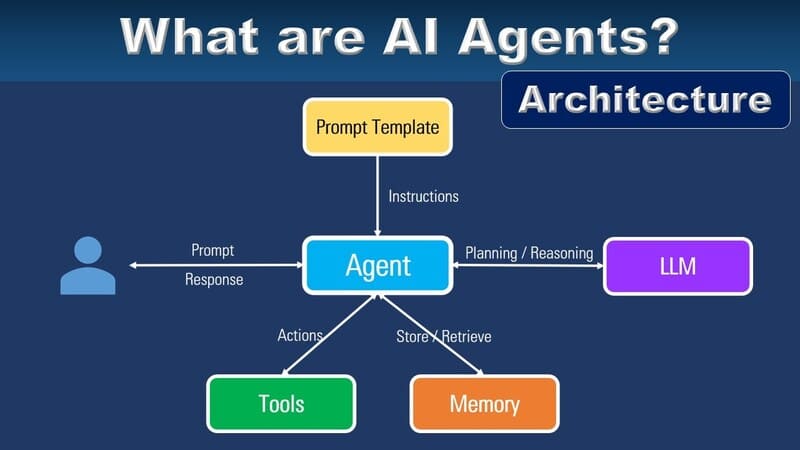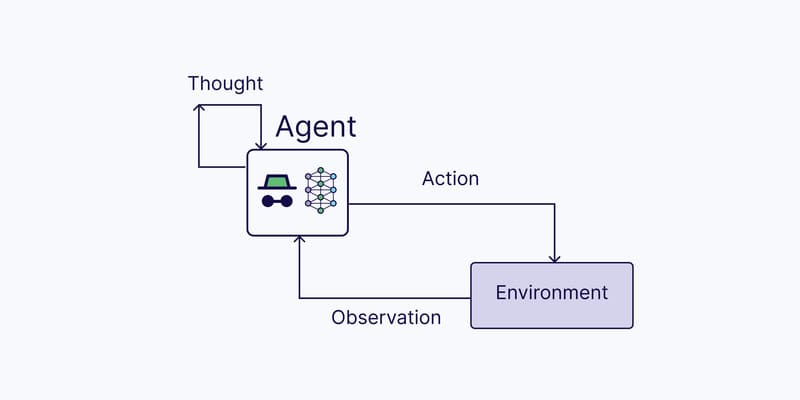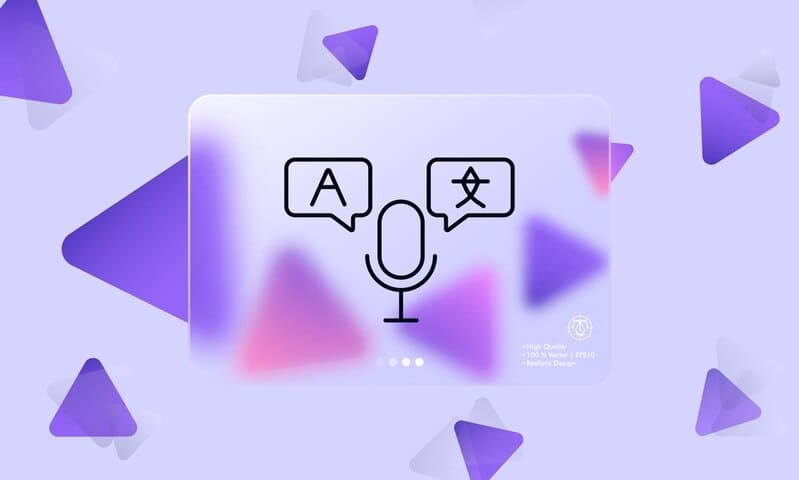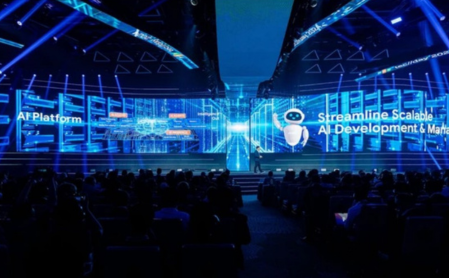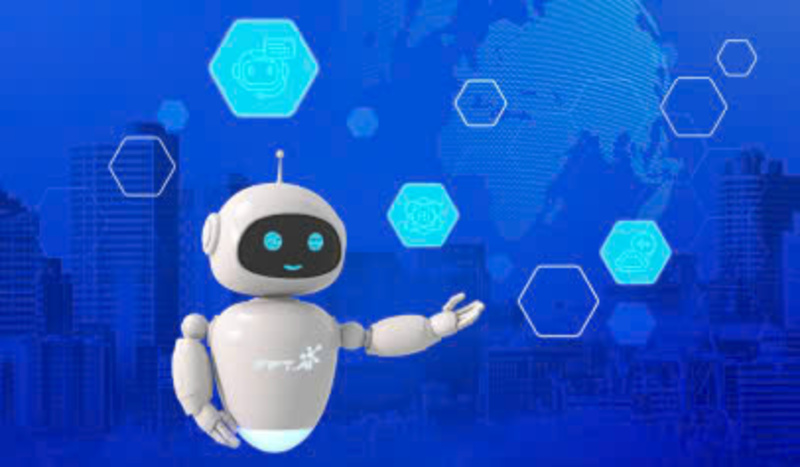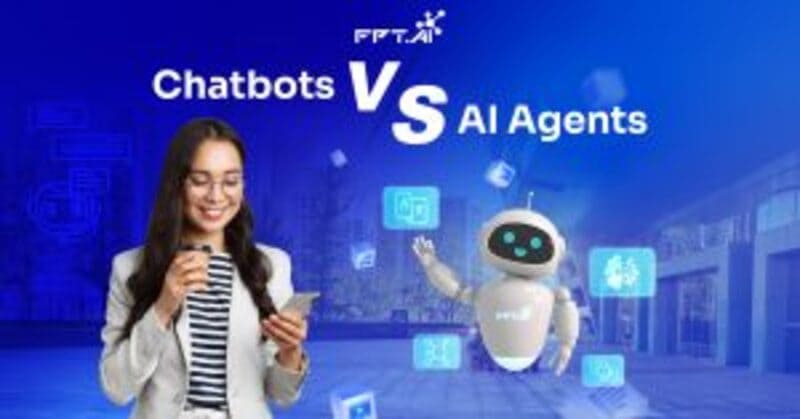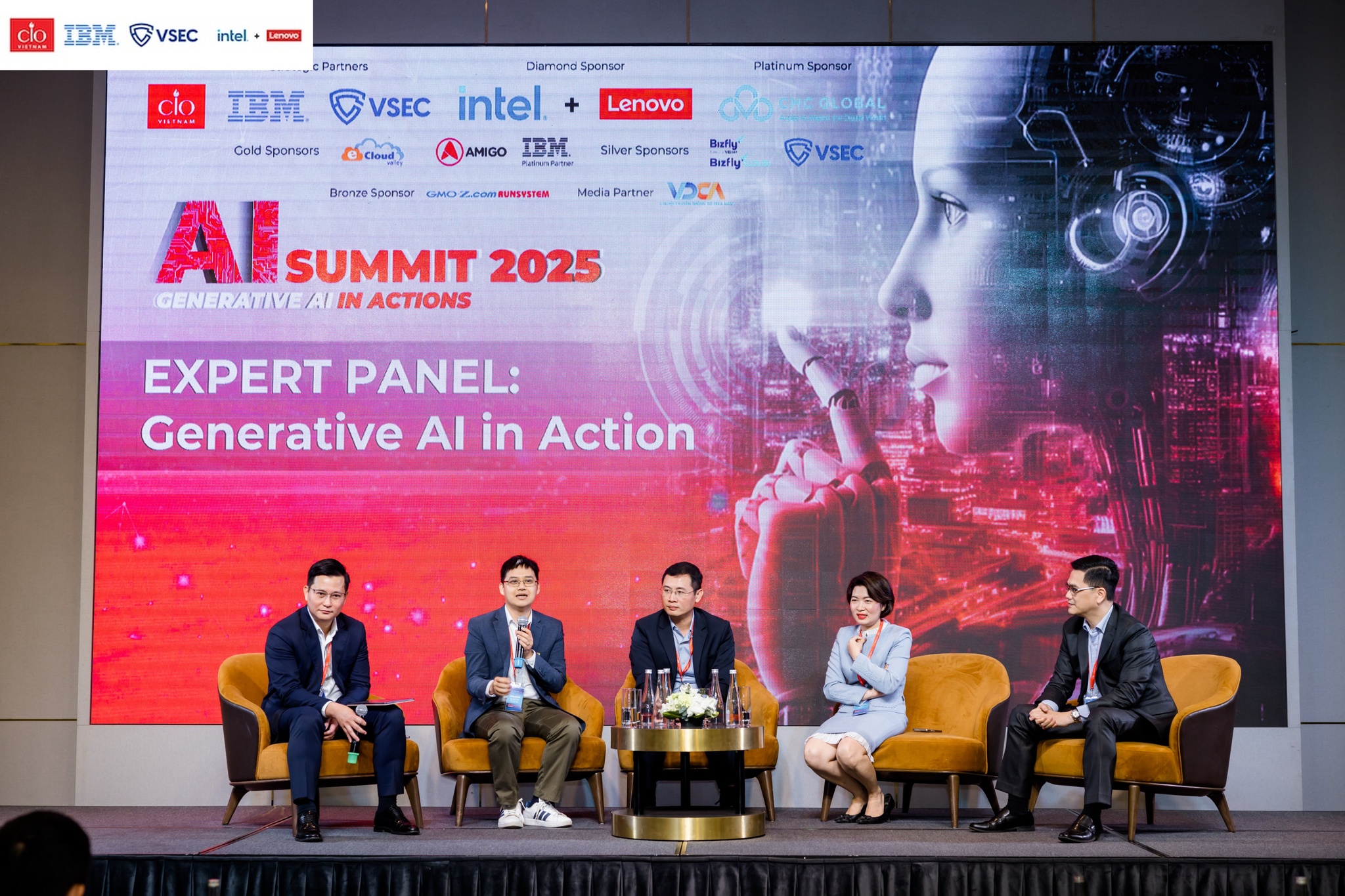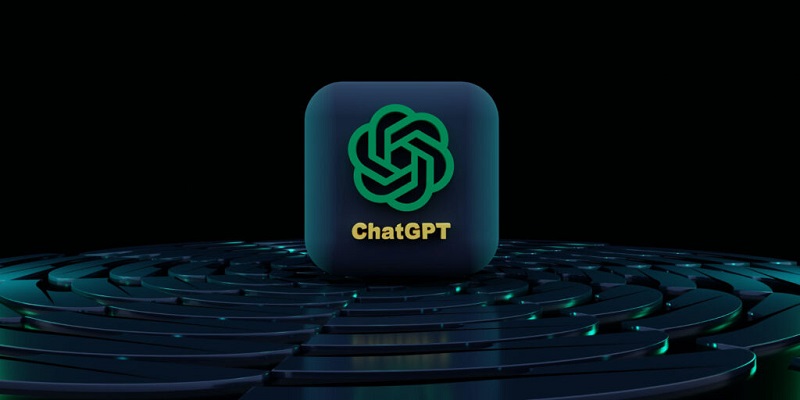With the ability to reason and adapt on par with or surpass humans, AGI makes humanity both curious and fearful. This is not only a technological destination but also a symbol of economic ambition, business strategy and the race for power in the field of AI.
This superintelligence is valued at up to 100 billion USD by 2 technology giants: OpenAI (a pioneering laboratory promoting AI for the benefit of humanity founded by CEO Sam Altman, billionaire Elon Musk and his associates) and Microsoft (the world’s largest software manufacturer co-founded by Bill Gates and Paul Allen).
So what is AGI and why is this a step forward that can change the way we interact with technology in the future? Let’s explore with FPT.AI!
What is AGI? Is ChatGPT AGI?
AGI stands for Artificial General Intelligence, roughly translated as general artificial intelligence. This is a cognitive superintelligence system that can learn, interact flexibly with the environment, and solve any human task.
An ideal AGI system would possess superior intelligence, be able to learn from experience, develop new skills, and even create new ideas and solutions without being limited by how they are set up.
ChatGPT, while impressive and useful, is still just a large language model (LLM), which does not meet the standards of Artificial General Intelligence (AGI). ChatGPT can only process language and solve problems based on trained data. It does not truly understand or “know” what it says, but only responds based on probabilistic and contextual models.
However, the development of ChatGPT is still an essential part of the path to conquering artificial superintelligence. o3 and o3-mini – two models recently announced at the “12 Days of OpenAI” event in December are said to have the ability to approach AGI.
With leaps and bounds in processing complex queries, generating coherent narratives, and solving problems in real time, o3 marks a new chapter in the journey towards artificial superintelligence, bringing us closer to the future of artificial general intelligence.
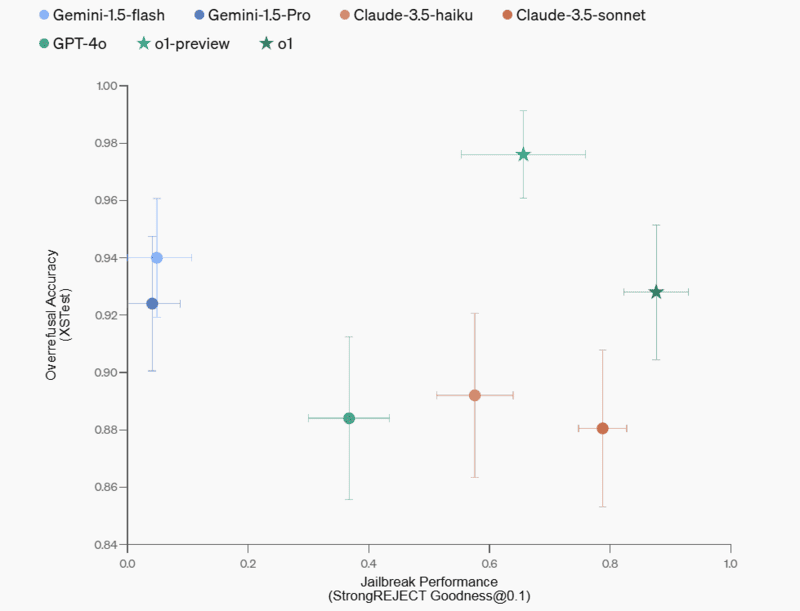
What is the difference between Artificial Narrow Intelligence (ANI) and AGI?
Artificial Narrow Intelligence (ANI) and Artificial General Intelligence (AGI) represent two different levels of AI technology. ANI is designed to perform specific, pre-programmed tasks, such as image recognition, natural language processing, or trend prediction. This type of AI cannot adapt to new situations and requires supervised human training to ensure the best results.
In contrast, AGI is capable of learning from new data, automatically adjusting and improving performance over time without human intervention. Superintelligence can handle complex situations and make smart decisions in real time thanks to its powerful computing power. In addition, with the ability to synthesize and apply knowledge widely, Artificial General Intelligence also has the potential to contribute greatly to research and development in fields such as medicine or computer science.
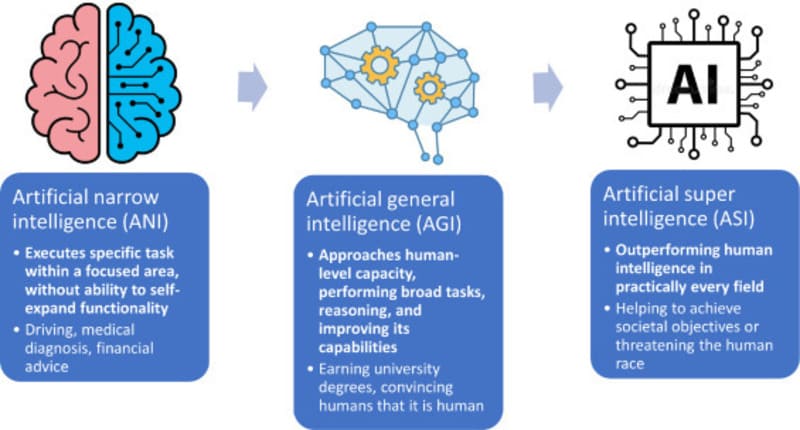
What are the capabilities of AGI superintelligence?
The capabilities that promise to bring great potential in the future of artificial general intelligence include:
- Learning from experience and adjusting behavior based on new information to adapt to different situations. AGI can understand natural human language and present them in text or voice form
- Understanding context and meaning to process information from many different sources, recognizing color, depth and 3D space in static images
- Making hypotheses, finding new solutions to complex problems and even creating new ideas and products.
- Simulating human thinking processes, analyzing, evaluating, making decisions and reasoning flexibly.

Benefits of Artificial General Intelligence
So with the above capabilities, what are the benefits of AGI? Here are the roles and practical applications of AGI:
- Medical: Artificial General Intelligence can make accurate diagnoses and help doctors develop appropriate treatment plans by analyzing large volumes of medical data and recognizing complex patterns in medical images and patient data.
- Manufacturing: In the manufacturing sector, artificial general intelligence can analyze data from production lines, predict problems and automatically adjust processes to optimize production processes, reduce waste and increase efficiency.
- Automation: AGI has the ability to automate complex tasks, minimize human intervention, optimize workflows, save time and reduce errors, and improve productivity.
- Customer Service: In the customer service sector, superintelligence can improve the customer experience through intelligent chatbots that can understand and respond quickly to context.
- Education: AGI can personalize learning for each student, offering learning programs that match each person’s abilities and interests. This helps improve the effectiveness of education and encourage student development.
- Research and development: Artificial General Intelligence generates new ideas and helps researchers develop new products or solutions quickly and efficiently by analyzing and finding relationships in data.
OpenAI and Microsoft have valued the potential of AGI at a minimum profit of $100 billion. This shows that the potential for creating economic value from comprehensive intelligent systems is not only large but also sustainable.
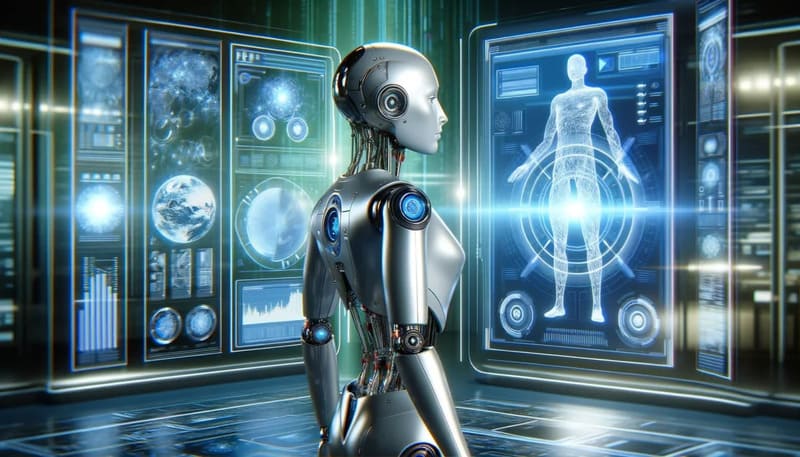
What are the technologies driving AGI research?
General artificial intelligence is receiving a lot of attention from scientists and engineers. Technologies driving the development of AGI include:
Deep Learning
Deep Learning is a subfield of artificial intelligence that focuses on using multi-layered neural networks to analyze and extract information from large data sets. By automatically recognizing complex patterns and features, this technology creates models that can understand the context in different types of data (audio, images, text, etc.).
For example, Amazon SageMaker is used by developers to design and deploy deep learning models for Internet of Things applications, helping to optimize the performance of connected devices.
Generative AI
Generative AI enables super-intelligent artificial systems to generate new and innovative content from the data they have learned. This technology not only helps automate the content production process but also provides natural interaction with users.
For example, organizations use models such as AI21 Labs and Cohere to develop applications that can generate text, audio, and images, thanks to the support of the Amazon Bedrock cloud platform.
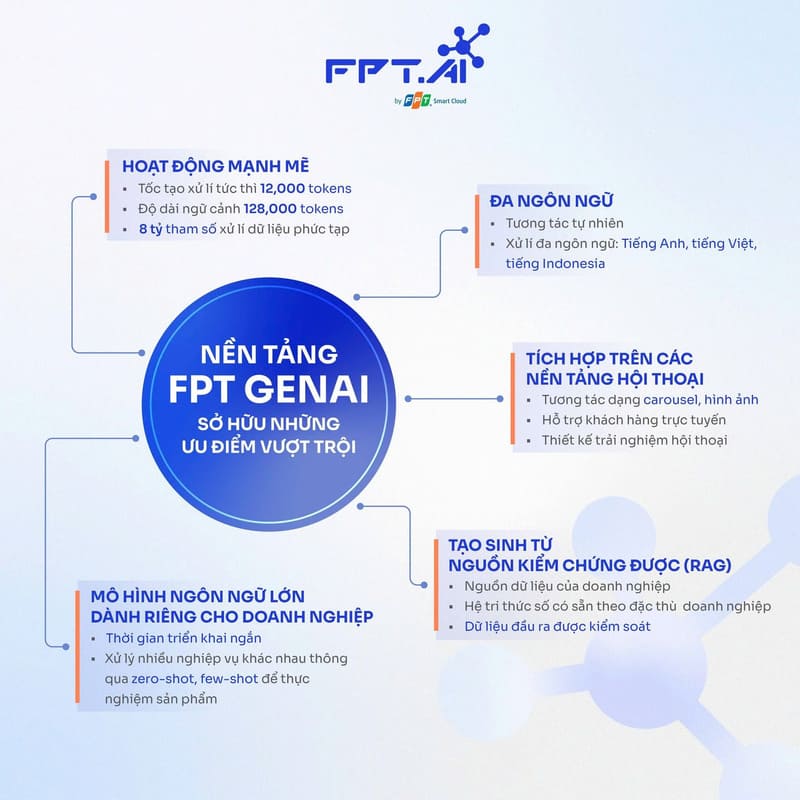
Natural Language Processing (NLP)
Natural Language Processing (NLP) is a branch of artificial intelligence that focuses on helping computers understand and process human language. This technology helps convert natural language into data that can be analyzed and interpreted.
For example, Amazon Lex allows businesses to build intelligent chatbots that automatically interact and support customers through natural language, enhancing the user experience.
Computer Vision
Computer Vision involves enabling machines to analyze and understand images and videos. This technology is key to developing automation applications in many fields.
A prime example is Amazon Rekognition, which allows engineers to automate image analysis processes, helping with object recognition and real-time monitoring.
Robotics
Robotics combines engineering and artificial intelligence, allowing the construction of autonomous systems capable of performing physical tasks. These robots can operate independently and interact with their environment, which is important in the development of AGI.
What are the concerns about superintelligence AGI?
The superior learning and adaptability of Artificial General Intelligence has many experts and scientists concerned about the ability of humans to control artificial superintelligence.
Tom Everitt, an AGI safety researcher at DeepMind, once emphasized that “AGI will solve any human task without being limited by the way it is set up, for example developing a cure for disease or discovering new forms of renewable energy.” Stephen Hawking also warned that “Artificial intelligence could be the worst thing in human history. Sooner or later it will be uncontrollable.”
However, Jacques Attali, a French economist and sociologist, emphasized at the Viva Tech event that the goodness or danger of AGI is entirely up to human choice. “If AI is used to develop weapons, the consequences will be horrifying. But if it is applied to health, education, culture, we will open up a promising future,” he shared.
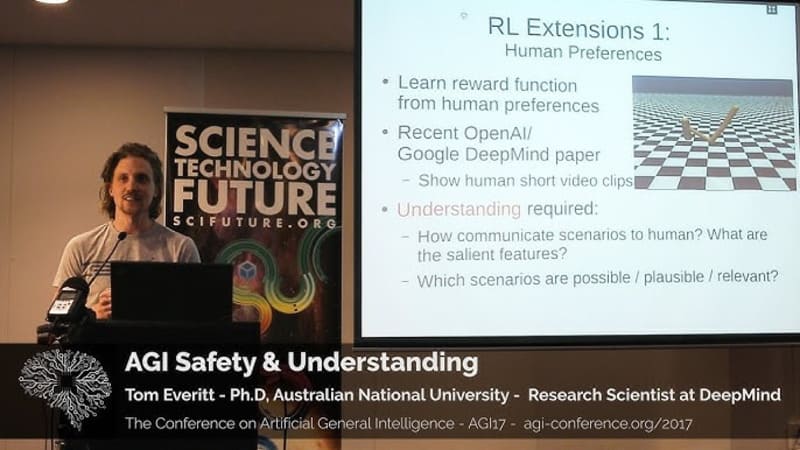
How to control the risks of Artificial General Intelligence?
“I used to think it would take 20-50 years for humans to achieve AGI, but now the pace of development has exceeded expectations. The urgent problem now is how to control them,” said Geoffrey Hinton, a Turing Award-winning professor and the “father of AI.”
However, controlling artificial general intelligence cannot be as simple as the way humans control each other based on cognition and emotion. AGI superintelligence has the potential to go far beyond those limits, making controlling it a complex challenge.
To minimize the risks of AGI and ensure that it serves human interests, researchers can focus on the following important factors:
- Establish a system of auditing, monitoring source code, and regularly evaluating performance to detect early signs of AGI going out of control and intervene promptly when necessary.
- Develop clear standards and regulations to guide developers in building AGI. These regulations include requirements for safety, transparency and accountability to ensure AGI operates as intended.
- Develop policies to protect public interests, such as retraining workers affected by automation and ensuring equitable distribution of benefits from superintelligence.
- Limit the concentration of power in the hands of a few organizations to avoid the abuse of AGI.
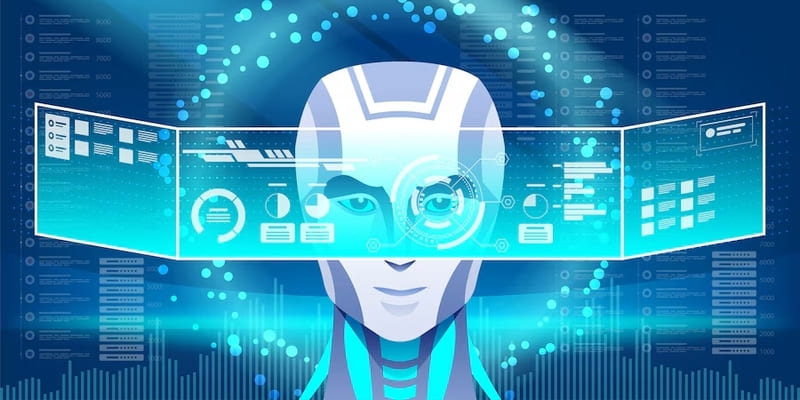
Hopefully, the information shared by FPT.AI above will help you answer the question of what AGI is, the risks when applying and solutions to control this type of AI. The development speed of artificial superintelligence is increasing rapidly, requiring close coordination between experts, governments and the community to ensure this technology is developed for the common benefit of humanity.








